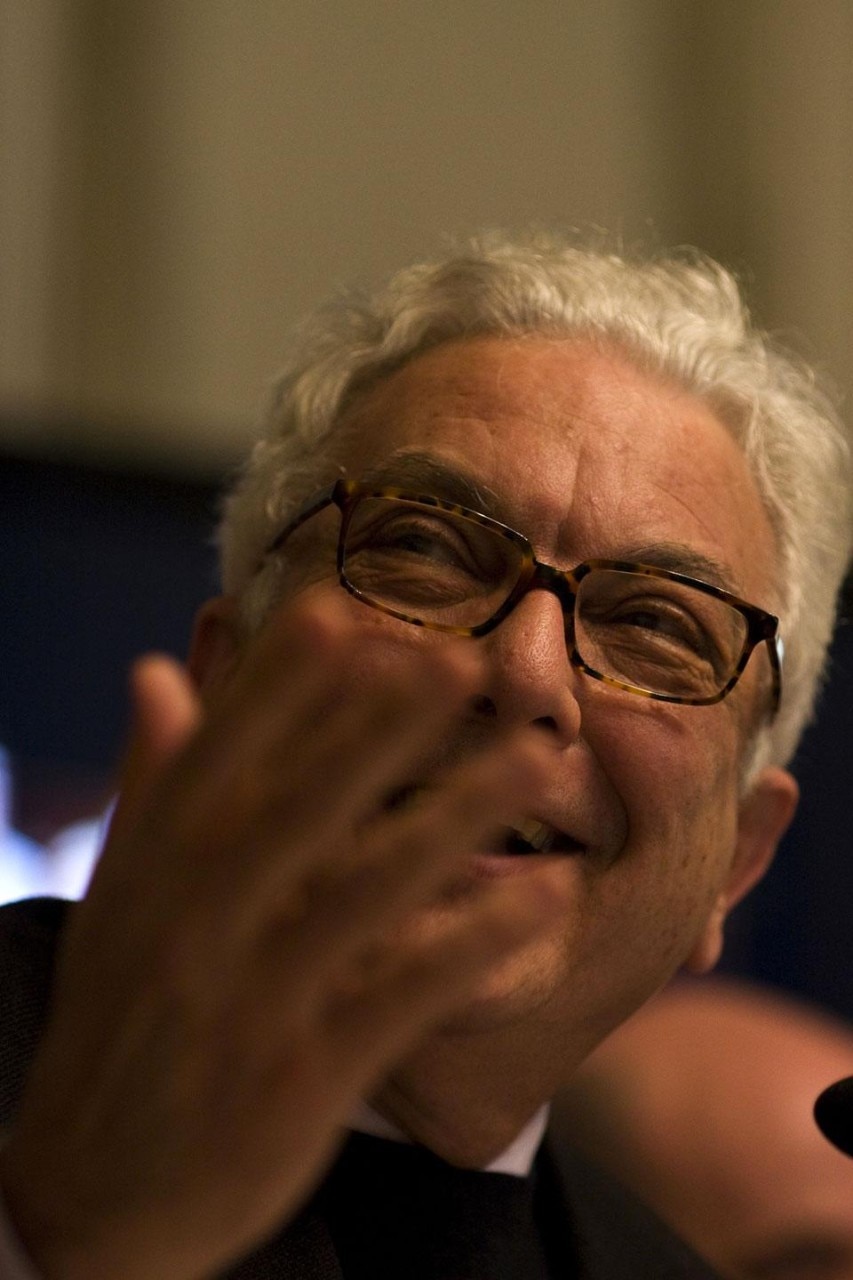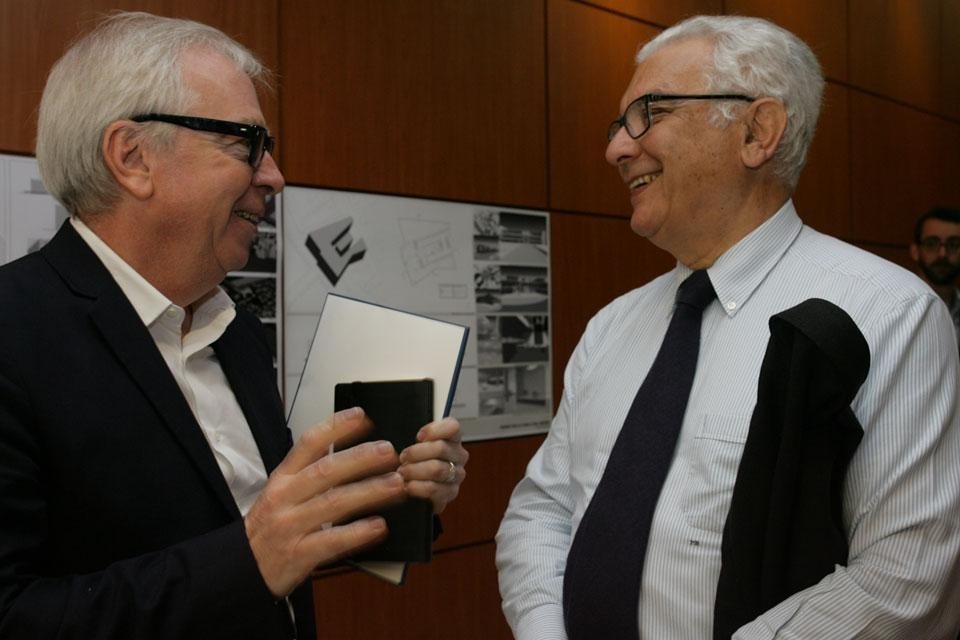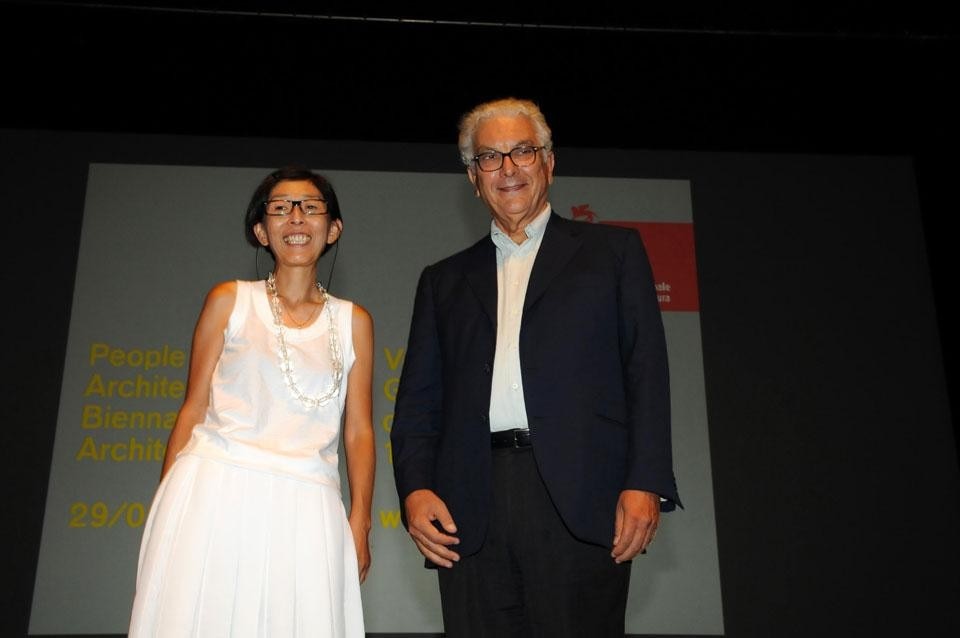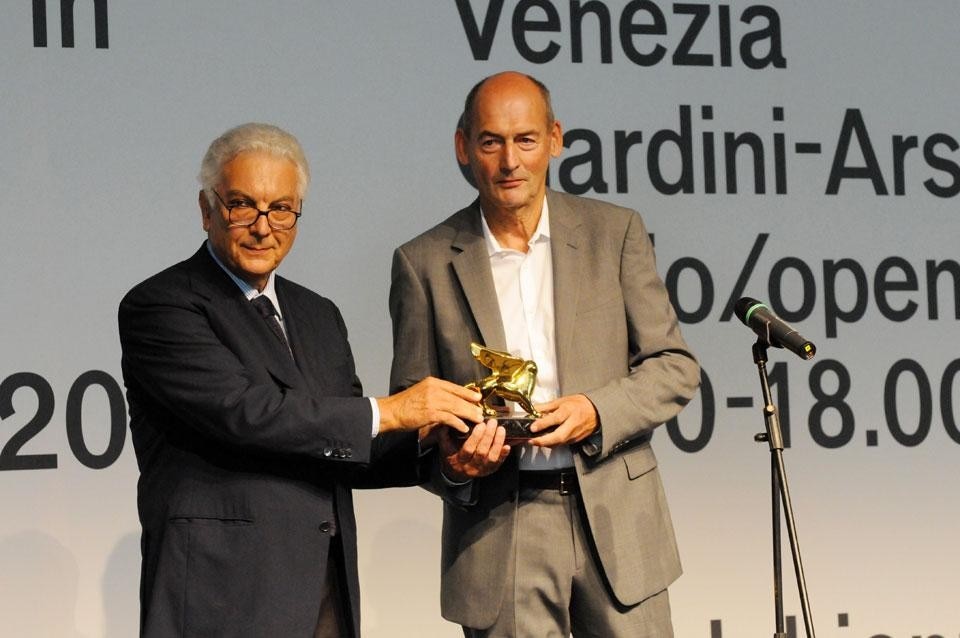Domus: What direction has the Biennale taken in recent years and how will this affect the structure of the 2014 Architecture Exhibition?
Paolo Baratta: Since the 1998 Art Exhibition, we have had one international exhibition plus all the ones in the national pavilions. In other words, the world has been portrayed in the main exhibition (which has, since then, been held in the former Padiglione Italia and at the Arsenale, refurbished for the purpose) and the national pavilions have, more patently, become original, specific and independent contributions providing a plurality of voices. With this new formula, we had a curator of the main exhibition plus 80-90 international interpreters illustrating as many different visions — all in line with today's Art Exhibition. These days, an event of this kind can no longer be expected to showcase the birth of currents and movements as it sometimes has done in the past. We no longer see emerging movements that wish to assert themselves as such. There is a big world of free artists who are all choosing their own paths and their own autonomous and independent methods of creation. The Exhibition must convey a geographical pluralism that has nothing to do with national borders — a pluralism of voices bound by different threads across space and time. Within this framework, each curator adds his/her own brushstroke, boosting one aspect or another and increasingly seeing present time in light of what has come before.


I think it is good to have Koolhaas, who is a great star of the firmament of our times but also a relentless researcher

To engage one of the most important architects of our times in a reflection, someone who has lived through their major phenomena and someone who has both surprised and conducted research: Rem Koolhaas. The mere fact that Koolhaas has agreed to such an operation is significant. The Biennale steals time from professional projects. It is a commitment and a risk. The Biennale is not the Pritzker and, indeed, I have received distinguished refusals in recent years. The first really new thing about this Biennale is the fact that Koolhaas has said yes and is willing to put himself on the line — and that he has agreed to put himself on the line in an architectural reflection and study.

The choice of curator is the product of research that follows a consistent approach and laid out in a preliminary presentation to the board of directors. The proposer has a specific responsibility to illustrate clear objectives. In the case of the Biennale, it is not a question of awarding a professional appointment (creating exhibitions is not specific to the architectural profession). You have to choose an artistic director who will complete the Biennale's organisational structure with an ability to imagine, create and produce. I have frequently said that this choice must convey the Biennale's capacity to perceive the most fitting choices but also to give the artistic director a free hand. Such clarity is not achieved via selection committees, which normally tend to compromise before they even start the selection process. I spoke at length to Koolhaas before he agreed to do it, meaning he could be appointed much earlier than in past years. At the same time, I am immensely grateful to Chipperfield for agreeing to do it at the last minute and having come up with a memorable exhibition. But it is not only a question of convenience. If the Exhibition had continued along the lines of those seen years ago, when the curator "invited" architects, Rem Koolhaas could have produced one in just a few weeks. He would have no trouble quickly sourcing 50 great architects willing to bring their own installations. We decided to take all this extra time because the research contents we want to give the Exhibition take time and the time will perhaps serve to launch a new series of exhibitions with a different approach from before.



